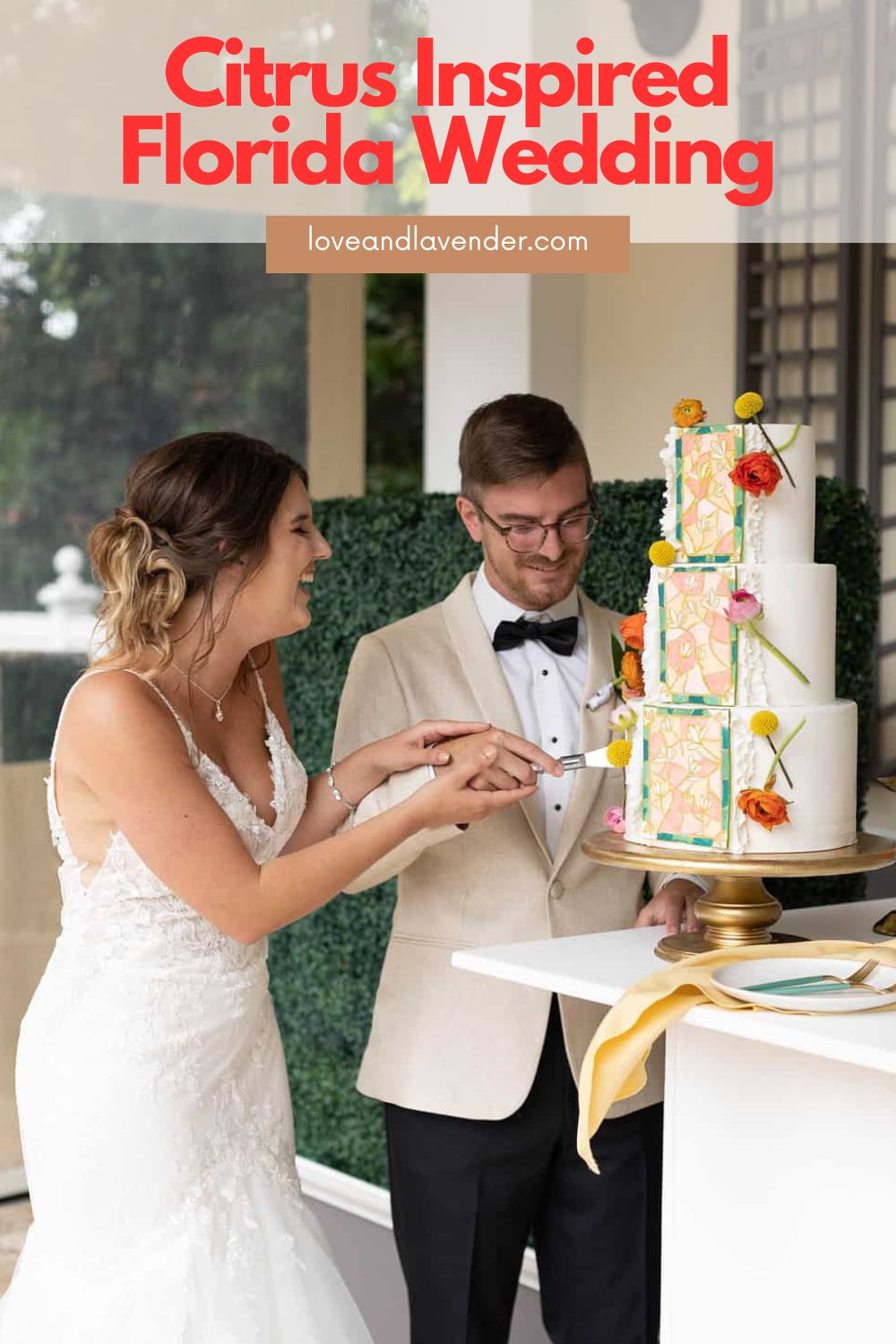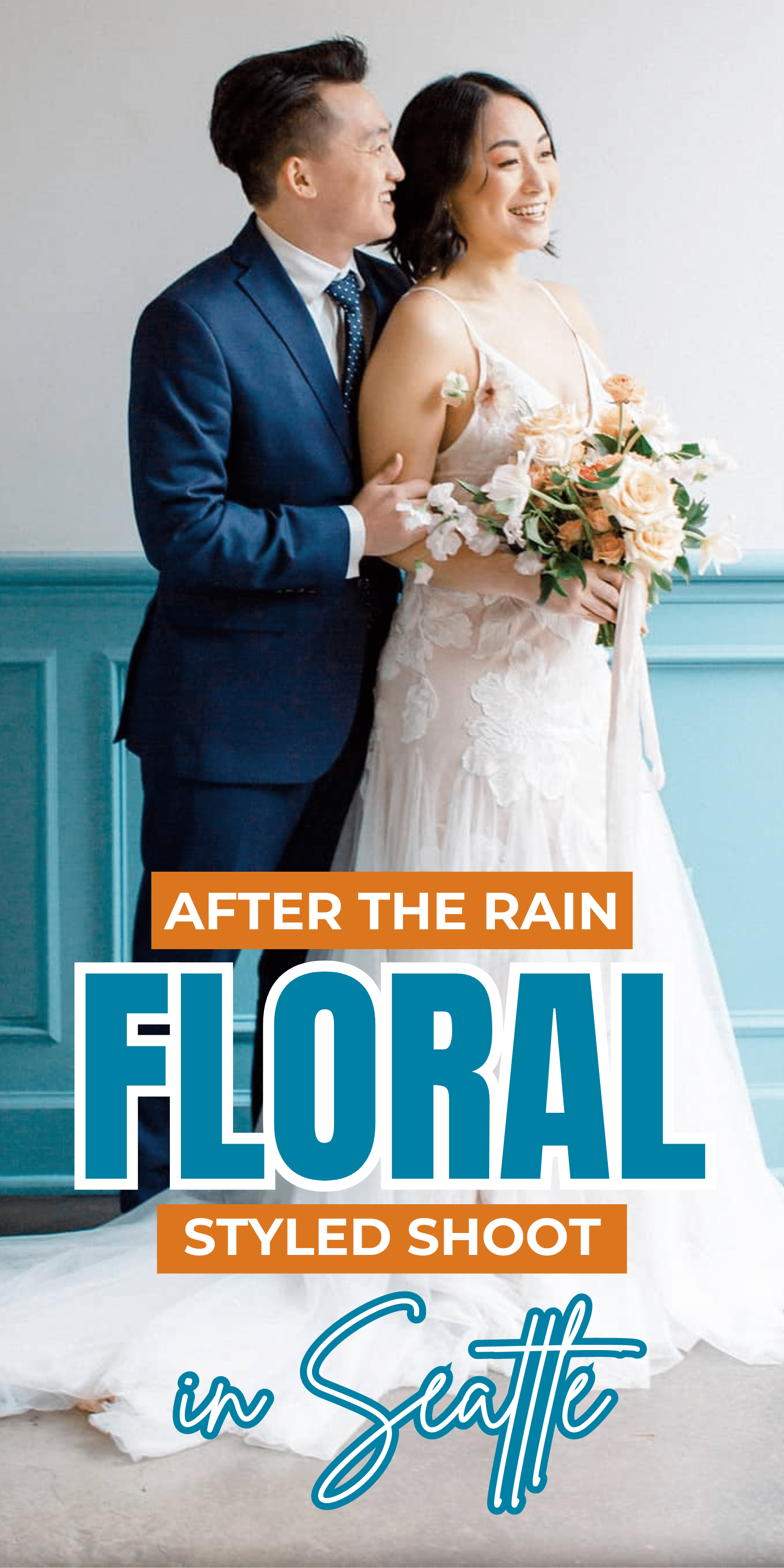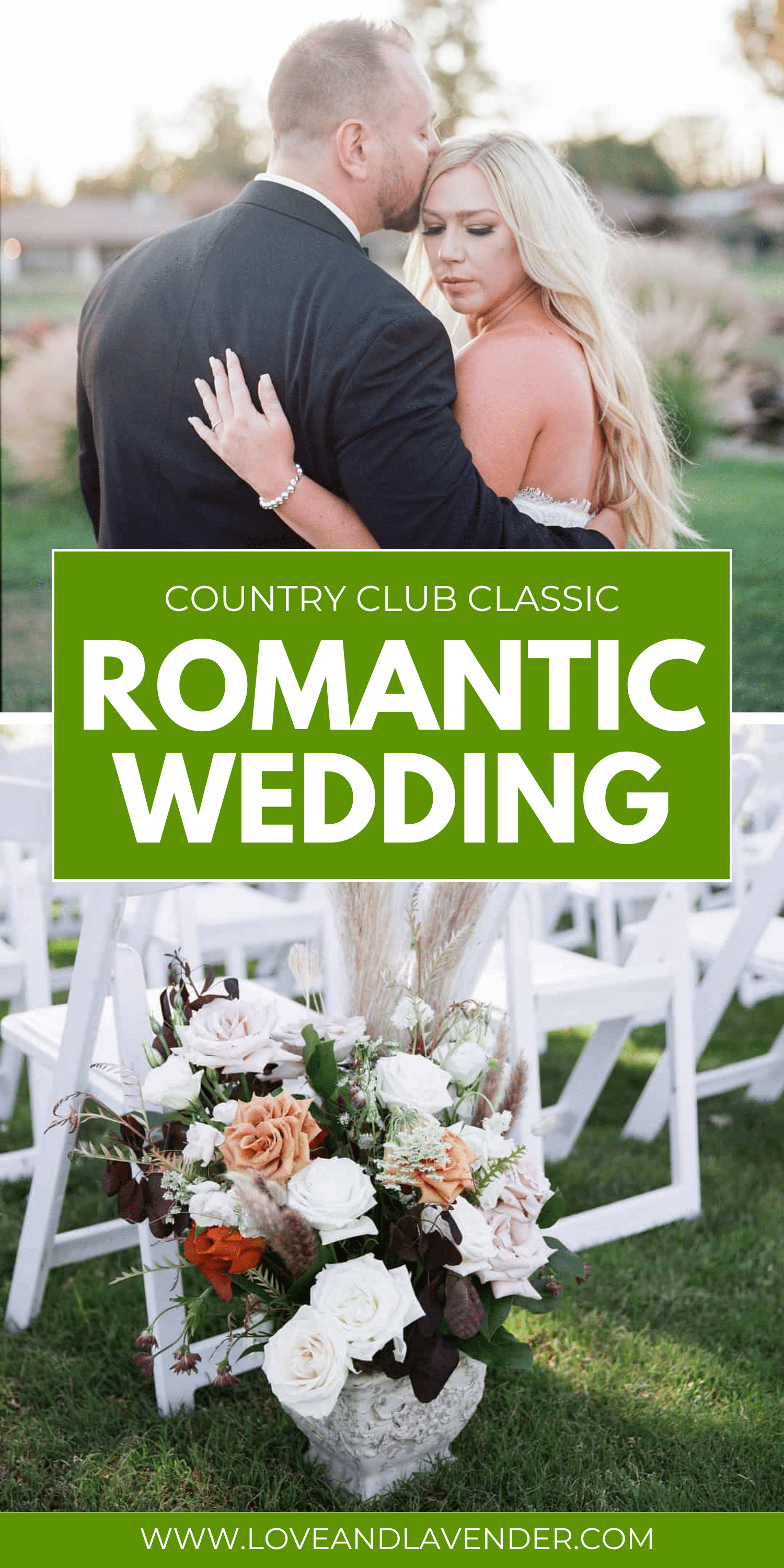Diamond fluorescence is one of those things that people “in the know” can’t seem to agree on.
Is it a thing of beauty, a prized anomaly reserved for only a select few? Or is fluorescence in diamonds a shameful secret to be hidden between the lines of a dusty diamond grading report?
Are fluorescent diamonds sold at a discount, or at a premium? And how is diamond fluorescence related to diamond color?
Let’s find out together.
What Even Is ‘Diamond Fluorescence’?
Remember our virtual field trip to London’s Natural History Museum in our colored diamonds article? If you find yourself with time to spare in the city of Big Ben and double decker buses, swing by the museum and take a look at their diamond display. In addition to displaying a superb range of diamonds in standard illumination, they also show what their diamond collection looks like under black UV light.
Fluorescence is the eerie glowing effect that happens in about a third of all diamonds. It’s caused by impurities and slight variations in the crystal structure of the diamond. Most diamonds fluoresce icy blue, though very rarely you can find diamonds that exhibit yellow, red, or white light.
You’ll know, if you were paying attention in art class, that blue falls on the opposite end of the color spectrum from yellow. Since yellow is the most common overtone in the diamond color grading scale, these secret hints of blue in your diamond can help smooth out those yellow tones when viewed under UV light.
How Does Fluorescence Affect Color?
Diamonds with Medium to Very Strong fluorescence will exhibit a subtle blue glow when viewed under ultraviolet light, such as black light or natural sunlight. If your diamond is of a lower color grade (somewhere in the H-G color range), this blue fluorescent tint can negate those negative color tones and make your diamond appear whiter.
For this reason, a diamond with a fluorescence range of Faint to Strong can be desirable in lower color grades. However, in diamonds with a colorless grading (D-F), a Strong or Very Strong fluorescence can give the diamond a greyish off tint and make it appear clouded and hazy.
Does Diamond Fluorescence Affect Diamond Price?
Yes, is the short answer to that one. It’s complicated, is the slightly longer answer.
As we’ve seen, blue fluorescence can improve the apparent color grade of yellow tinted diamonds. When fluorescence is very strong, however, it can give the diamond a hazy, milky appearance that interferes with its beauty.
This is most obvious in diamonds of a higher color grading range. Diamonds of D-F colors with Strong to Very Strong fluorescence are often priced lower than their non-fluorescent counterparts. If possible, see if you can view the diamond in person — or, if you’re shopping online, ask for high quality pictures and display videos. If the cloudy effect is negligible, or if you don’t feel it detracts from its beauty, this can be a good way to get a high quality diamond for a little bit less.
In lower color grade diamonds, the effect of fluorescence on pricing can vary a little bit from one retailer to another. In some cases, a jeweler may sell a diamond in the lower color grade range for up to 5% more, explaining that you get the look of a higher grade stone for a better value.
 Pin
PinOthers may ask for lower prices for all stones that exhibit fluorescence, though the price jump will be much narrower for lower color grade stones (a D color fluorescent diamond may sell for 15% less than a non-fluorescent one, but a J color diamond with fluorescence might sell for only 2% less). The best thing to do is talk to the retailer and see what their perspective is on fluorescent diamonds and value.
It’s worth remembering, also, that consumer trends in jewelry can change quickly. Some decades ago (before the era of online shopping and social media), the most prized diamonds were “blue-white” stones of D color (completely colorless) with strong blue fluorescence. These were very rare and mimicked the color of ice in nature. Eventually the trend reversed, as fashions often do, and now these blue-white stones are sold at a significant discount.
What this shows us is that following the latest trends is a gambler’s game, and the best investment will always be the diamond that is most beautiful to you.
How Is Diamond Fluorescence Graded?
On diamond grading reports, fluorescence is listed on a scale from None (not present), Faint, Medium, Strong, to Very Strong. Unlike other grading considerations such as polish and symmetry which are listed on a scale from Poor to Excellent, fluorescence is not listed in a way that suggests it is positive or negative. This is up to the retailer and the consumer to decide for themselves.
As we’ve seen, strong fluorescence in diamonds can improve yellow tinted stones as well as give high grade diamonds a hazy, cloudy appearance. Because diamonds are color graded in an approximation of natural UV daylight (therefore any present fluorescence is already built into the color grade) and because the haziness isn’t quite the same as an internal inclusion (and therefore not part of the clarity grade), neither of these aspects are formally listed on the diamond certificate.
When considering purchasing a fluorescent diamond, it’s essential to see it in person if you can, or request detailed photos from a trusted jewelry retailer who will communicate with you every step of the way.
Brian Gavin, a reputable diamond cutter and seller, has come up with a “Blue Line” of fluorescent diamonds that have been carefully selected for their quality and face-up beauty. They are worth taking a look at.
Diamond Fluorescence FAQs
Yes! As we saw in the colored diamond display, fluorescence can affect all diamonds equally. Most diamonds will fluoresce blue, but you can occasionally find other colors as well. This will always be listed on the grading report.
The first GIA diamond grading reports were released in 1953. It is unclear what changes the diamond certificate has gone through before arriving at the format it uses today, but it was around the 1970s – 1980s that the trend for diamond fluorescence shifted from something prized to something less desirable.
Not directly, no, though we’ve seen how it can change the impression of body color and clarity. Blue fluorescence can give a whiter appearance to faintly yellow-tinted stones (ideal), and in high color grades, strong fluorescence can give a slightly cloudy, hazy look (not so ideal).
Since fluorescence is a quality of the rough, pre-cut diamond, it is not affected by the finished shape of the stone. Fluorescence can be found in diamonds of all shapes and sizes.
Very rarely, but it’s not impossible. When lab diamonds are color treated with heat or radiation, it can trigger fluorescence in the diamond. This will always be listed on the grading report.
There’s been nothing to suggest that diamond fluorescence fades or strengthens over time. Remember, natural diamonds have been in the earth for billions of years! They’ve pretty much settled on their signature style for the rest of their existence.
Are You A Fan of Fluorescence?
People have strong opinions in the fine jewelry industry. You’ll come across very decisive articles and overhear loud arguments about what, exactly, makes a diamond the most beautiful, the most precious, the most fashionable, the best value. Sometimes these opinions don’t match. It’s enough to make your head spin.
As you can see, there is no one right or wrong answer when it comes to diamond fluorescence. It’s a factor worth considering when you’re shopping for diamond jewelry, as it will probably save you a little bit of money compared to other diamonds and may help improve the apparent body color of the stone.
Try to view the diamond in person if you can, or request detailed photos and videos of the diamond in artificial and natural light. This will give you an idea of what it will look like when you wear it.
In the end, fluorescence should not be enough to detract from a diamond you truly love — it just gives it another dimension.













Leave a Reply